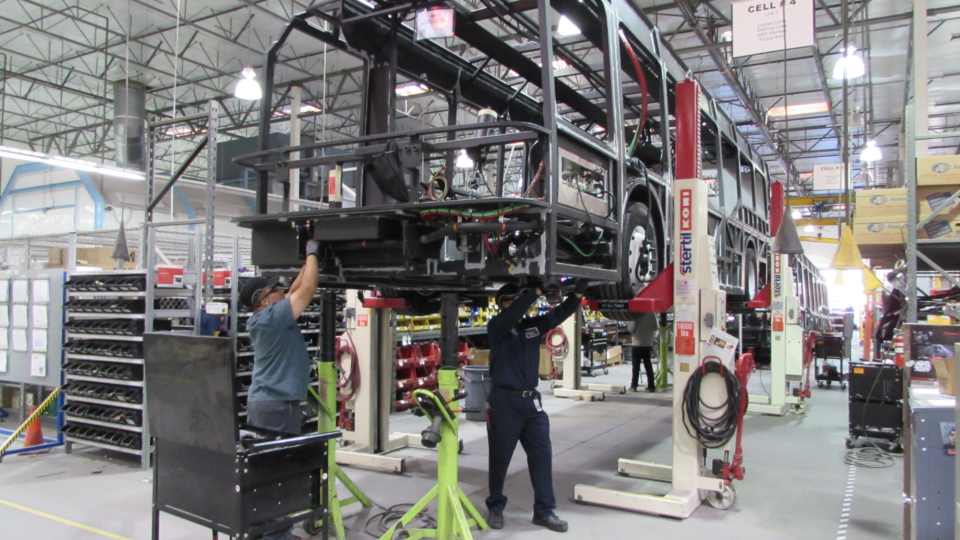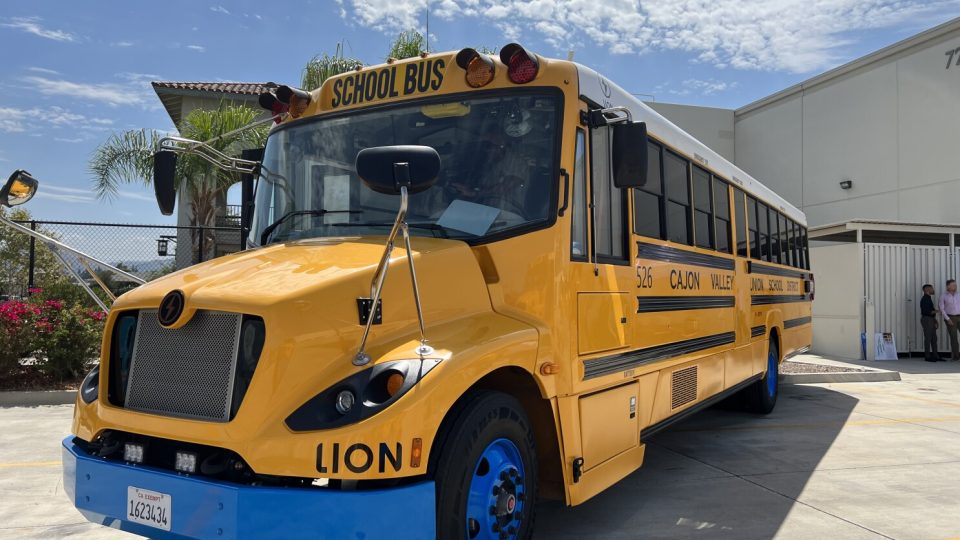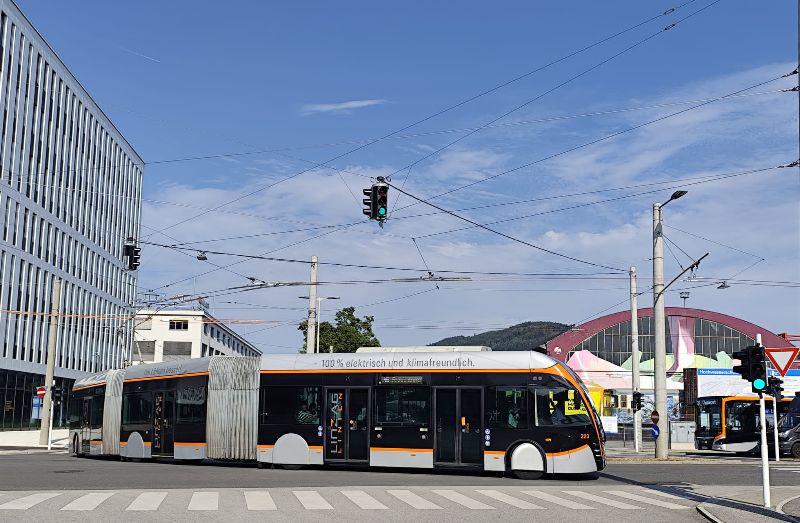Will Chinese brands dominate commercial vehicle electrification?
Below, a contribution from Interact Analysis, a market research firm focused on intelligent automation, with a specific department for truck, bus and off-highway electrification. Interact Analysis is cooperating with Sustainable Bus providing in-depth analysis on the dominant market trends and outlooks. Interact Analysis recently wrote about the growing presence of Chinese vendors in the global […]

Below, a contribution from Interact Analysis, a market research firm focused on intelligent automation, with a specific department for truck, bus and off-highway electrification.
Interact Analysis is cooperating with Sustainable Bus
providing in-depth analysis on the dominant market trends and outlooks.
Interact Analysis recently wrote about the growing presence of Chinese vendors in the global electric commercial vehicle market.
The report is by Alastair Hayfield
Recent news from both Daimler and Volvo revealed that they are to put considerable focus on commercial vehicle electrification. This is a strong signal that the market will shift towards powertrain electrification to meet more stringent emission regulations and the requirements of low and zero emission zones. However, will Daimler, Volvo and others be able to compete with bullish Chinese vendors in the long term?

China supporting electric bus diffusion
The growth of China’s new energy vehicle (NEV) market has been well documented. With strong support from the Chinese government, many local manufacturers have grown into multi-billion-dollar enterprises from sales of electric vehicles to the domestic market. In 2017, close to 100,000 electric buses were sold in China.
Many of these Chinese brands are actively looking to export their expertise in electric commercial vehicles overseas. Undoubtedly, they will face challenges – perceptions about quality, brand equity, underdeveloped service networks, autonomy, etc. – but with a growing appetite for electric trucks, bus and off-highway vehicles there is an irresistible opportunity.
Chinese brands expand
BYD is, perhaps, the most well-known Chinese electric vehicle manufacturer. To date, it has primarily been active in the electric passenger car and bus markets. However, in recent years it has expanded its product line to include electric vans and refuse trucks, and it has also opened production facilities in the US with further facilities planned in Canada, France, Morocco and Ecuador. With total shipments of its electric buses exceeding 35,000 units, it has the know-how and growing global manufacturing footprint to be able to dominate markets quickly in pursuit of growth.
Other Chinese brands looking to expand rapidly with electrification include FDG Electric Vehicles, Shandong Heavy Industries and Dongfeng.
Electrifying the world, big challenges
Success in the domestic Chinese market does not always equate to success in the global market. Chinese manufacturers face a number of challenges in pursuing global electric on- and off-highway markets. These include:
Trade war?
The current tit-for-tat trade war with the US could be a headwind for Chinese manufacturers looking to build sales in the US. BYD, Shandong and Sany already have US production and/or R&D facilities and Chanje is planning local US production. It’s too early to make a pronouncement on an unpredictable situation; however, the US represents a key strategic market for truck and bus OEMs, so it would be more likely than not that Chinese OEMs would adopt a long-term strategy for the US and pursue opportunities regardless of the current trade situation.
Quality
A criticism that is often levelled at Chinese OEMs focuses on product quality. How can brands that have been in existence for a relatively short period of time offer reliable vehicles, particularly for demanding applications like trucks and buses? In reality, there is little reliability data to hand that paints an accurate picture of medium and heavy commercial vehicles and the difference in reliability between US, European and Japanese brands and their Chinese counterparts. Chinese truck and bus OEMs have invested billions in modern production facilities and techniques and are often sourcing the same Tier 1 components as their international competitors. If there is a difference, it is likely closing quickly, particularly as Chinese truck and bus OEMs get more vehicles on international roads and feedback design issues into new platforms.
Brand equity
Chinese truck and bus brands are not, on the whole, well known to international audiences. This may hinder growth in the short term as fleet operators, particularly smaller ones, may not recognise a brand and feel uncomfortable working with an unknown party. However, attempts to increase global brand awareness – such as BYD sponsoring London’s Arsenal football club are likely to continue. Other Chinese brands may look to this tactic in other markets to start to gain visibility with fleet operators.
Underdeveloped service networks
The provision of service is likely the greatest challenge for Chinese truck and bus OEMs when operating internationally – even greater than winning business in first place. Providing local service and parts and helping fleets to maintain maximum operational time (and profit) will be key to winning long-term, repeatable business. Sany, for example, already has a well-developed global service network for its construction equipment. For other Chinese vendors, they will need to give careful consideration to who they want to partner with and where best to invest in building up service capability.








